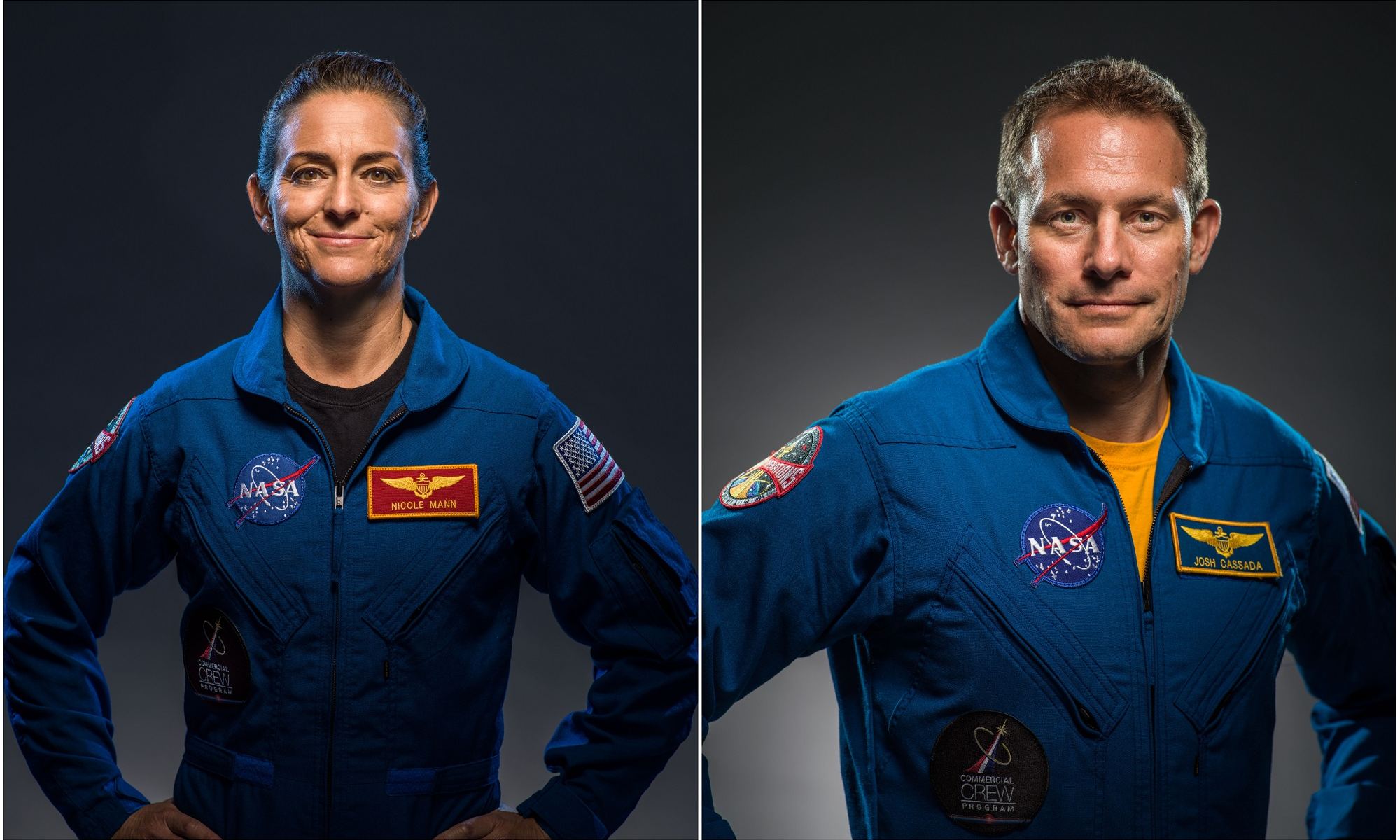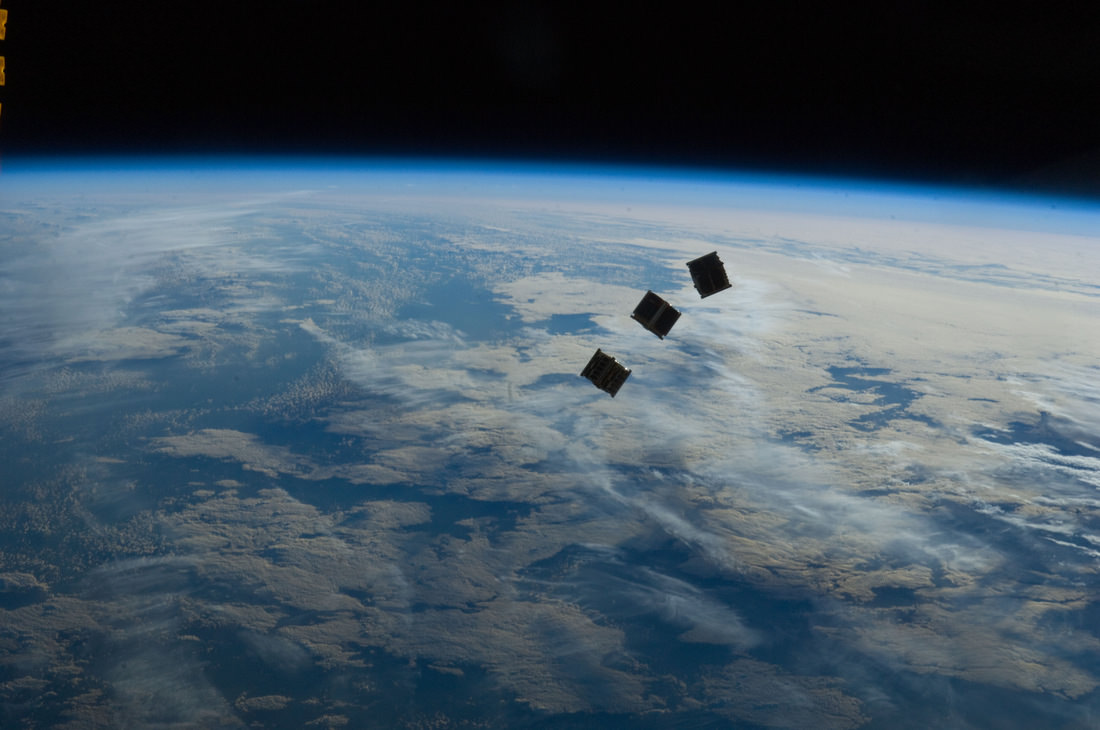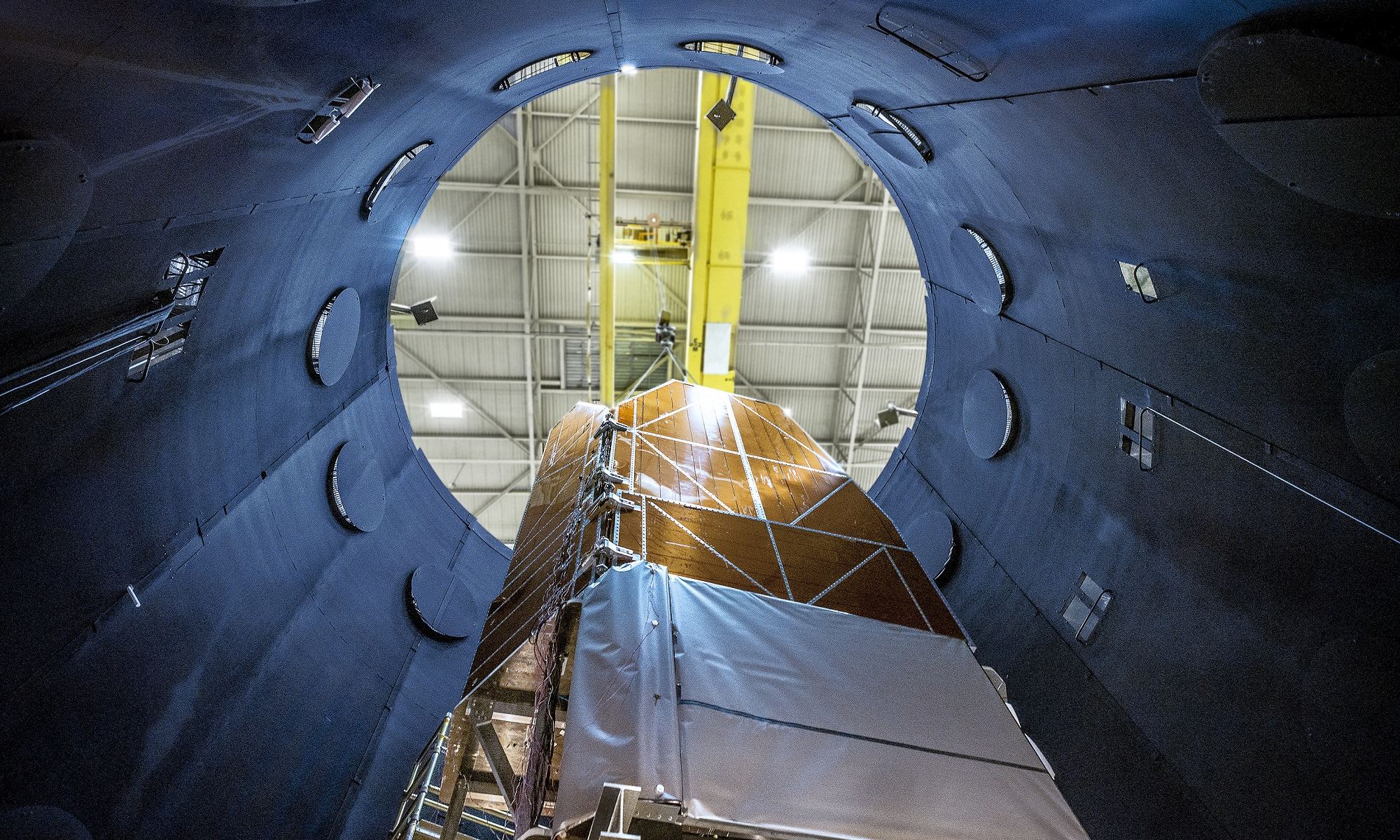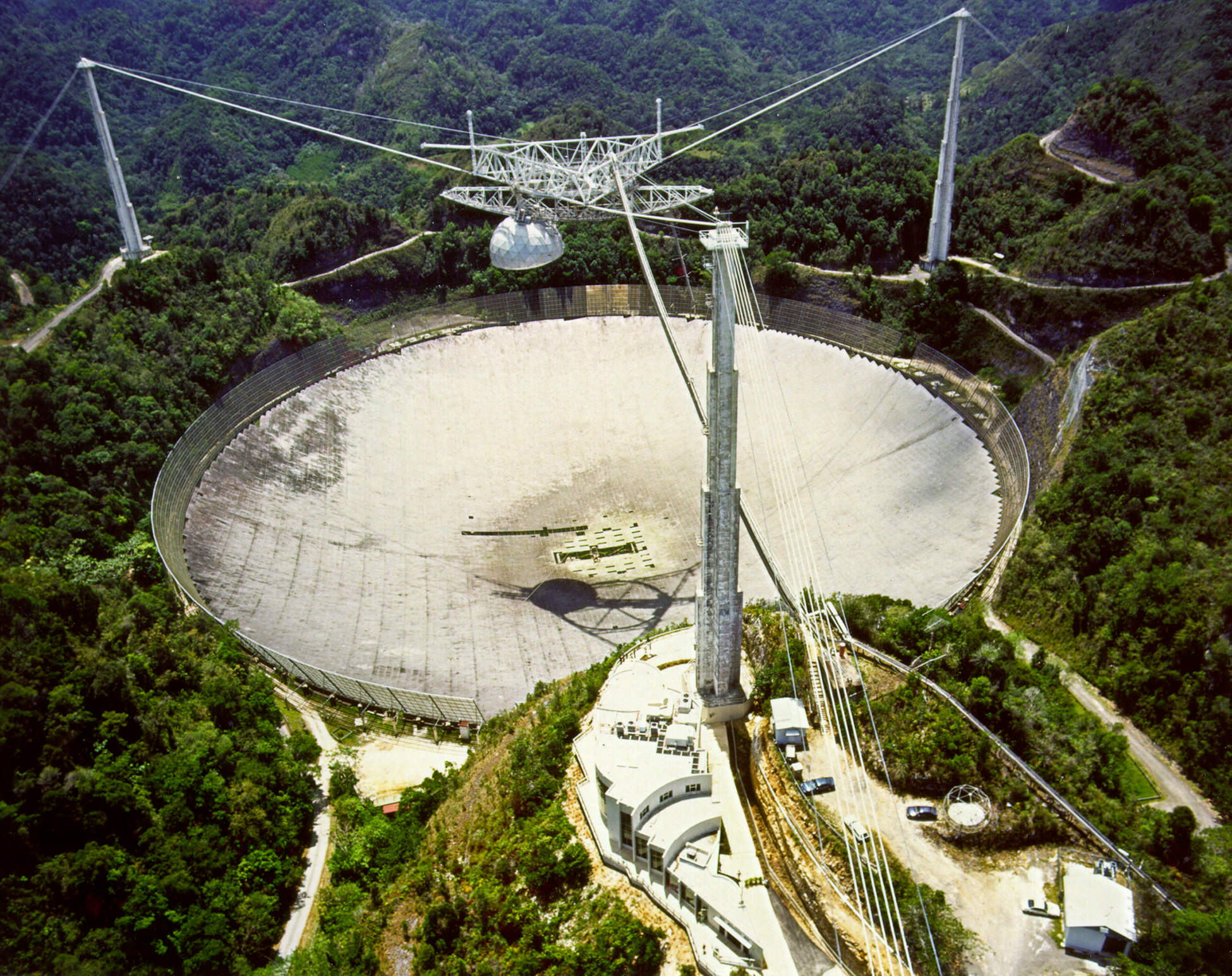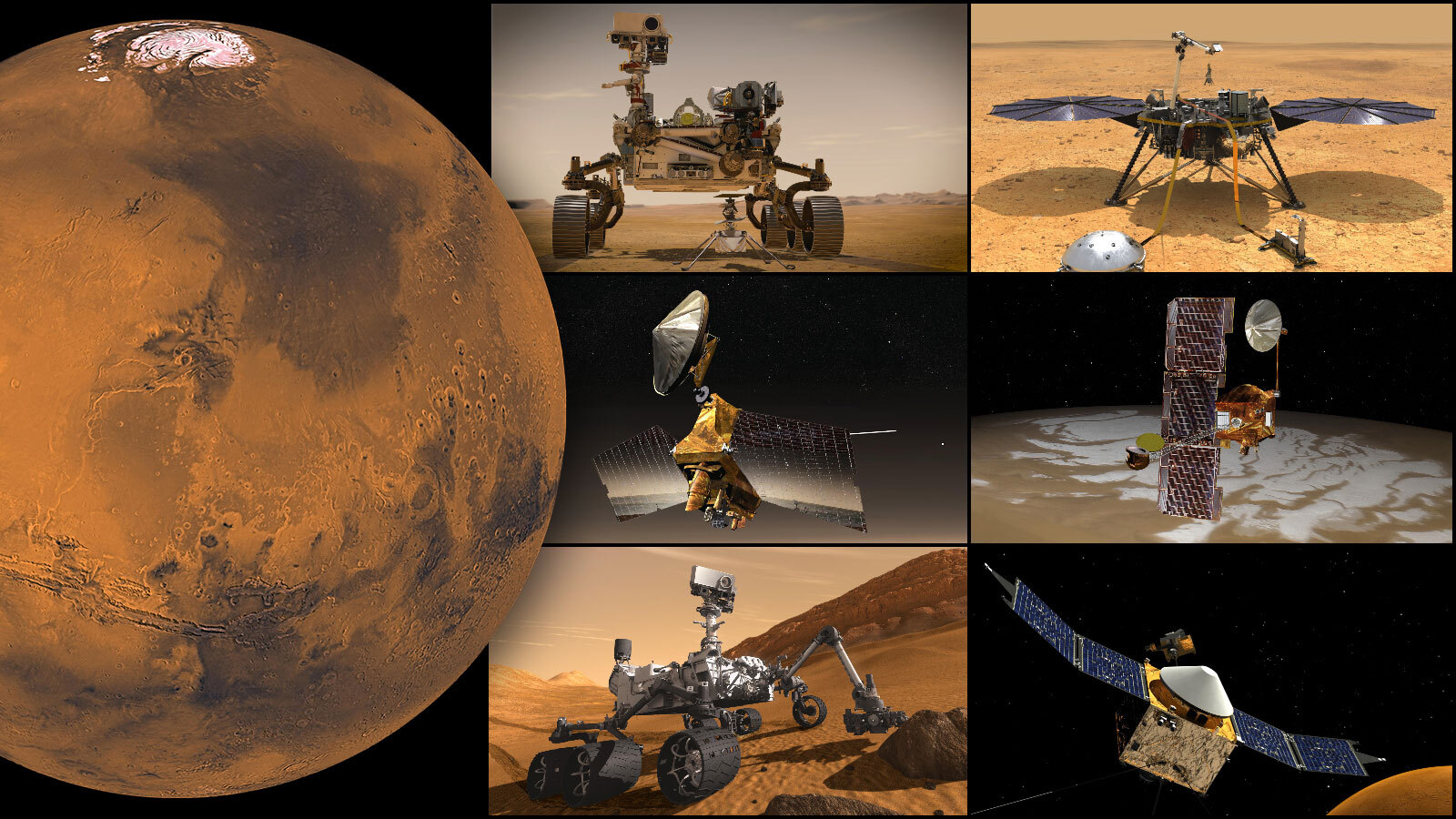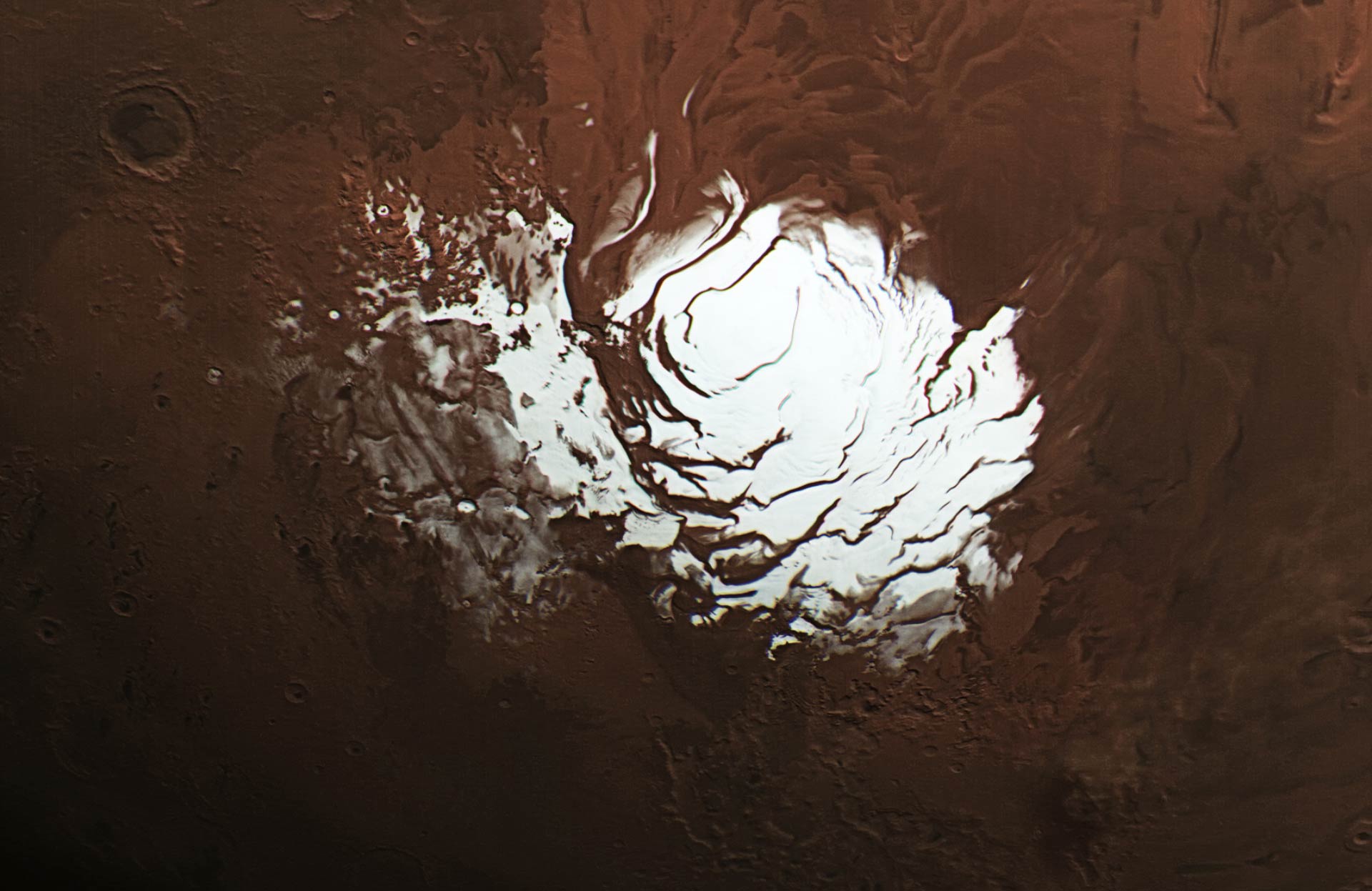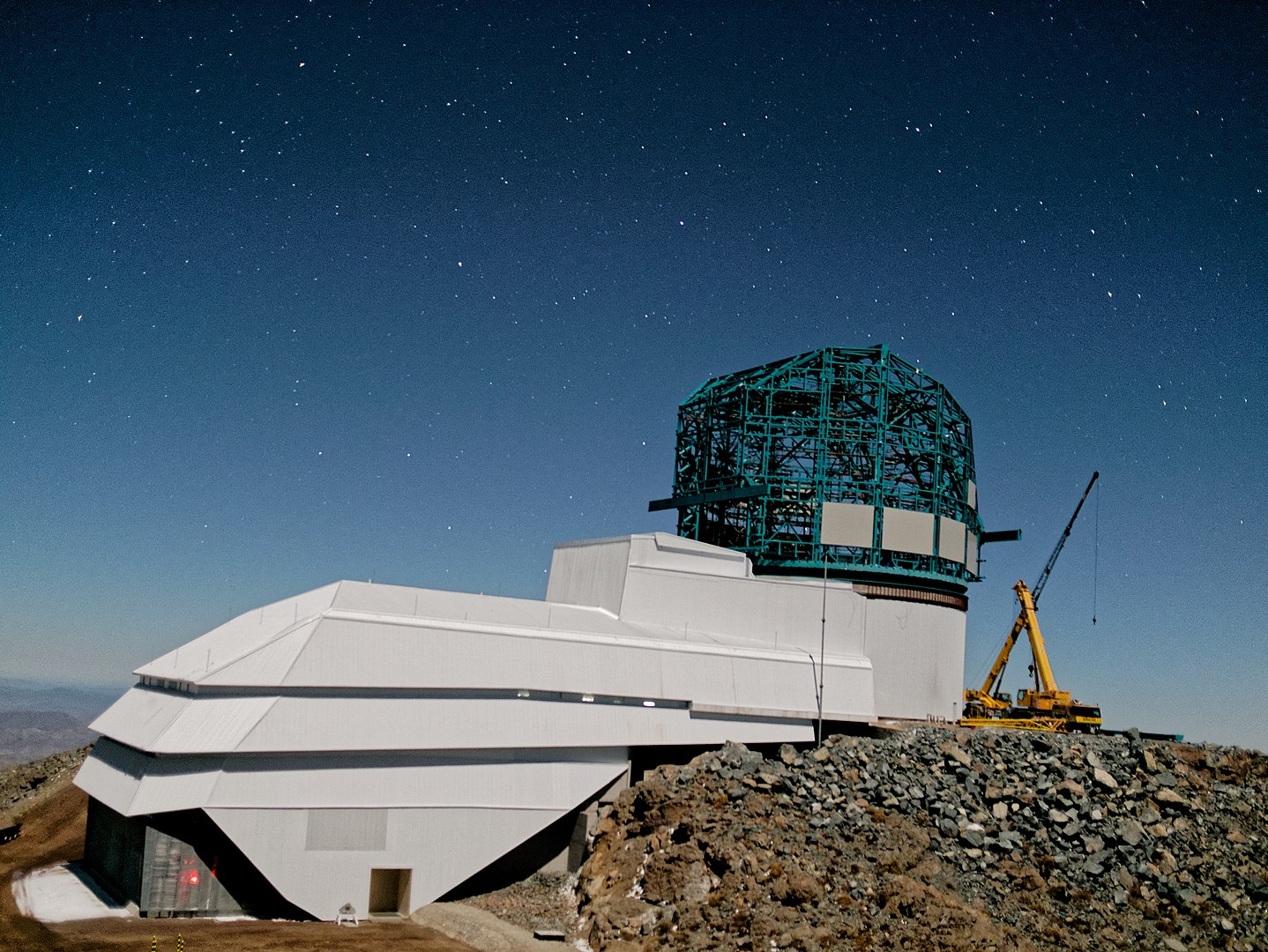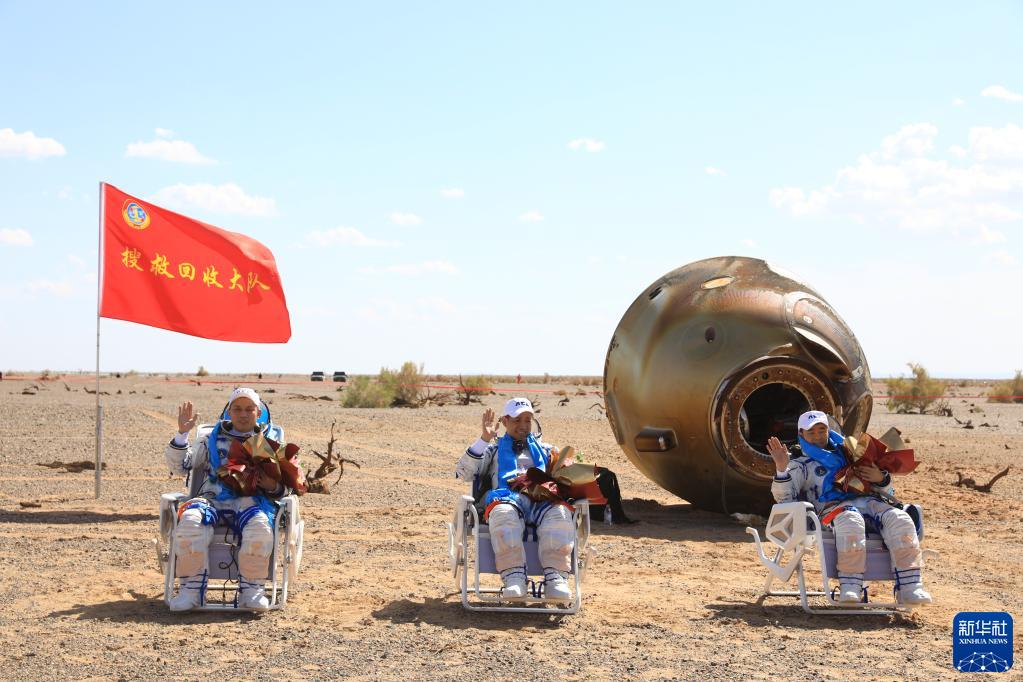In 2011, NASA announced a bold new program to leverage partnerships between the government and the commercial space sector to restore domestic launch capability. As part of the Commercial Crew Program (CCP), NASA selected Boeing and SpaceX to develop next-generation crew-rated capsules that would transport astronauts and payloads to International Space Station (ISS) and other locations in Low-Earth Orbit (LEO).
While SpaceX has managed to meet all the requirements of the CCP with their Crew Dragon module, Boeing’s Starliner has experienced technical problems and several delays. With the latest delay (caused by the ISS being temporarily pushed out of its orbit), NASA has decided to reassign the astronauts that were scheduled to take the Starliner on its maiden crewed flight (Starliner-1) to the next crewed flight of the SpaceX Crew Dragon to the ISS (Crew-5).
Continue reading “The Astronauts who Would Have Tested Starliner Have Been Reassigned to an Upcoming SpaceX Crew Dragon Launch”
